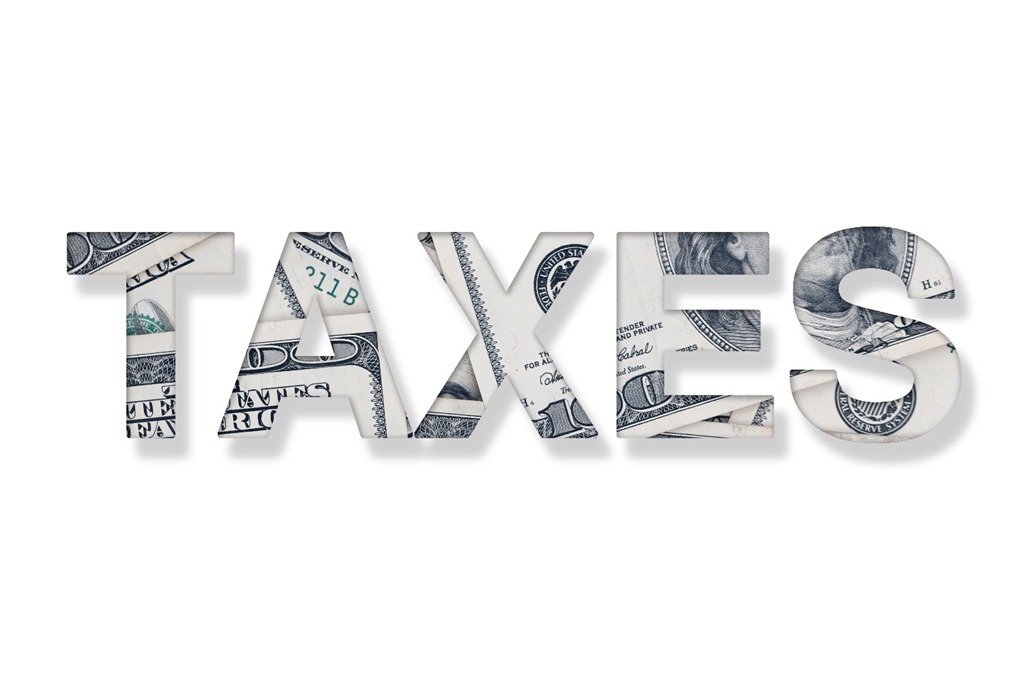
Conquering Form 1099-K: A Fun and Easy Guide to Tackle Tax Season
Hey there, tax-season trooper! With the tax year 2022 – April 18 tax deadline sneaking up on us, let’s break down some common questions and scenarios around Form 1099-K. We’ll keep things conversational and sprinkle in a bit of humor, so you can deal with your taxes like a champ. Ready? Let’s dive in!
What is a 1099-K?
Think of Form 1099-K as your financial report card. It’s an IRS form that reports certain payment transactions, helping you determine your tax liability. All income must be reported, whether or not you receive a Form 1099-K. It’s all about honesty, folks!
The 1099-K reports various business transactions, including income from:
This form covers a range of income sources, like:
- Your own business (how cool is that?).
- Self-employment (you’re the boss!).
- Gig economy activities (Uber, anyone?).
- Sale of personal items and assets (goodbye, old couch!).
You’ll typically get this form by January 31 for the prior year’s transactions.
Form 1099-K received in error or with incorrect information
Sometimes, mistakes happen. Maybe you got a 1099-K for selling that vintage sweater, or it showed up because you paid your roommate for half the pizza. No worries! Contact the issuer of the Form 1099-K immediately. Their info is on the form. And keep a copy of your correspondence, just in case.
Can’t get a corrected form? No problem! Report the info on Schedule 1 (Form 1040) like this:
- Part I – Line 8z – Other Income – Form 1099-K Received in Error.
- Part II – Line 24z – Other Adjustments – Form 1099-K Received in Error. The result? Your adjusted gross income stays the same. Easy peasy!
Personal item sold at a loss
If you sold something at a loss (like that couch that didn’t age well), report the info on Schedule 1 with offsetting transactions. For example, if you sold the couch for $700:
- Part I – Line 8z – Other Income – Form 1099-K Personal Item Sold at a Loss $700.
- Part II – Line 24z – Other Adjustments – Form 1099-K Personal Item Sold at a Loss $700. And voilà! Your adjusted gross income remains unchanged.
Personal item sold at a gain
Sold something for a profit (nice job!)? That’s a capital gain. Report it on Form 8949 and Schedule D (Form 1040) like any other capital gain.
Mix of personal items sold – some at a gain and others with a loss
In this situation, you must report gains and losses separately. Gains can’t be offset by losses from personal assets. Just follow the instructions for personal items sold at a gain or a loss, as explained above.
Planning ahead for 2023
Heads up! The American Rescue Plan of 2021 changed the reporting threshold for payment apps. Starting in tax year 2023, the new threshold is more than $600. This means some folks may get a Form 1099-K who haven’t before. But don’t worry, there’s no change in how income is counted or taxes calculated.
The IRS reminds taxpayers that money received as a gift or for reimbursement does not require a 1099-K. To avoid any confusion, make sure you and your friends correctly label non-business-related transactions. And always keep good records!
For more information, check out Understanding Your Form 1099-K or the Form 1099-K FAQ. And remember, tax season can be a breeze with a little humor and helpful tips!
***Disclaimer: This communication is not intended as tax advice, and no tax accountant -client relationship results**
